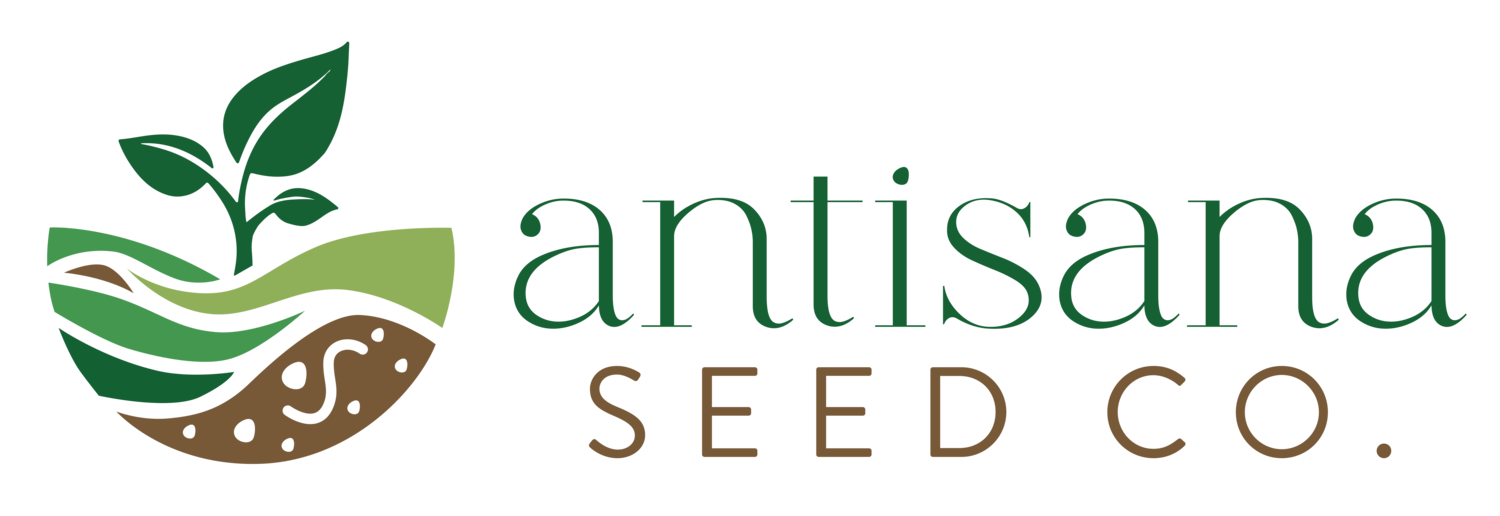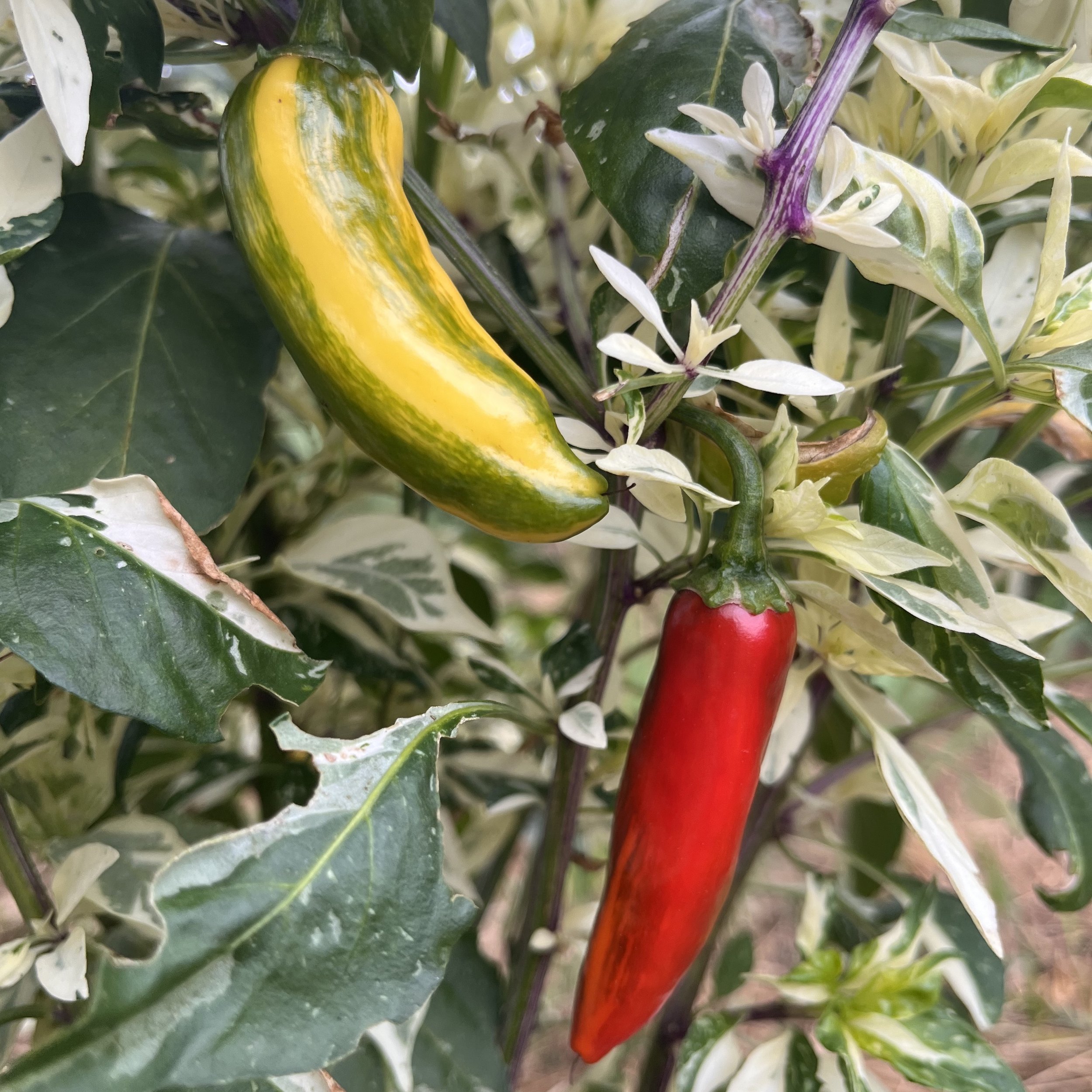 Image 1 of
Image 1 of


Cucumber, Early Fortune
Product Description: (Cucumis sativus) Davis Perfect was said to be the “finest cucumber ever produced” by the growers of the early 1900s — and being extinct, you’ll have to take their word for it.
But for the curious, one notably imperfect planting in 1906 yielded a whole new variety called Early Fortune — the spinoff series of cucumbers — which later earned the very same reputation that Davis Perfect claimed before it.
Four years after its discovery by George Starr of Royal Oak, Michigan, the Jerome B. Rice Seed Company released Early Fortune to the public. Since then, this variety has earned praise from market farmers and home gardeners alike for its sweet, crunchy fruit and abundant yield. Open-pollinated. 30 seeds per packet.
Growing Information: To trellis your cucumbers, sow 3 seeds every 8-10 inches at the base of your trellis. Once sprouted, thin the seedlings to just one plant every 8-10 inches. For an earlier harvest, you can start your seeds indoors 3 weeks before your expected last frost. While we recommend trellising, Early Fortune can also be grown on the ground. To do this, build up mounds of soil roughly 12 inches tall and 18 inches wide. Space your mounds about 3 feet apart along the entire length of the row. Direct seed 4-5 seeds per mound (and later thin to just one plant per mound) or transplant directly into the mound. 55 days to maturity.
Seed Saving: Allow cucumbers to grow on the vine far past the harvest phase, until they are fully ripe and their skin has changed color (typically yellow/orange). Scrape the contents of the entire seed cavity into a clean container and add a small amount of warm water. Leave the container (uncovered or covered with cheese cloth) to ferment at room temperature for three days, stirring daily. As the gel coat around the seeds breaks down, viable seeds will sink to the bottom. After fermentation, skim off any material that is still floating and pour the rest into a wire sieve to rinse thoroughly. Dry the cleaned seeds completely and store in an airtight glass jar until use.
Product Description: (Cucumis sativus) Davis Perfect was said to be the “finest cucumber ever produced” by the growers of the early 1900s — and being extinct, you’ll have to take their word for it.
But for the curious, one notably imperfect planting in 1906 yielded a whole new variety called Early Fortune — the spinoff series of cucumbers — which later earned the very same reputation that Davis Perfect claimed before it.
Four years after its discovery by George Starr of Royal Oak, Michigan, the Jerome B. Rice Seed Company released Early Fortune to the public. Since then, this variety has earned praise from market farmers and home gardeners alike for its sweet, crunchy fruit and abundant yield. Open-pollinated. 30 seeds per packet.
Growing Information: To trellis your cucumbers, sow 3 seeds every 8-10 inches at the base of your trellis. Once sprouted, thin the seedlings to just one plant every 8-10 inches. For an earlier harvest, you can start your seeds indoors 3 weeks before your expected last frost. While we recommend trellising, Early Fortune can also be grown on the ground. To do this, build up mounds of soil roughly 12 inches tall and 18 inches wide. Space your mounds about 3 feet apart along the entire length of the row. Direct seed 4-5 seeds per mound (and later thin to just one plant per mound) or transplant directly into the mound. 55 days to maturity.
Seed Saving: Allow cucumbers to grow on the vine far past the harvest phase, until they are fully ripe and their skin has changed color (typically yellow/orange). Scrape the contents of the entire seed cavity into a clean container and add a small amount of warm water. Leave the container (uncovered or covered with cheese cloth) to ferment at room temperature for three days, stirring daily. As the gel coat around the seeds breaks down, viable seeds will sink to the bottom. After fermentation, skim off any material that is still floating and pour the rest into a wire sieve to rinse thoroughly. Dry the cleaned seeds completely and store in an airtight glass jar until use.
Product Description: (Cucumis sativus) Davis Perfect was said to be the “finest cucumber ever produced” by the growers of the early 1900s — and being extinct, you’ll have to take their word for it.
But for the curious, one notably imperfect planting in 1906 yielded a whole new variety called Early Fortune — the spinoff series of cucumbers — which later earned the very same reputation that Davis Perfect claimed before it.
Four years after its discovery by George Starr of Royal Oak, Michigan, the Jerome B. Rice Seed Company released Early Fortune to the public. Since then, this variety has earned praise from market farmers and home gardeners alike for its sweet, crunchy fruit and abundant yield. Open-pollinated. 30 seeds per packet.
Growing Information: To trellis your cucumbers, sow 3 seeds every 8-10 inches at the base of your trellis. Once sprouted, thin the seedlings to just one plant every 8-10 inches. For an earlier harvest, you can start your seeds indoors 3 weeks before your expected last frost. While we recommend trellising, Early Fortune can also be grown on the ground. To do this, build up mounds of soil roughly 12 inches tall and 18 inches wide. Space your mounds about 3 feet apart along the entire length of the row. Direct seed 4-5 seeds per mound (and later thin to just one plant per mound) or transplant directly into the mound. 55 days to maturity.
Seed Saving: Allow cucumbers to grow on the vine far past the harvest phase, until they are fully ripe and their skin has changed color (typically yellow/orange). Scrape the contents of the entire seed cavity into a clean container and add a small amount of warm water. Leave the container (uncovered or covered with cheese cloth) to ferment at room temperature for three days, stirring daily. As the gel coat around the seeds breaks down, viable seeds will sink to the bottom. After fermentation, skim off any material that is still floating and pour the rest into a wire sieve to rinse thoroughly. Dry the cleaned seeds completely and store in an airtight glass jar until use.





